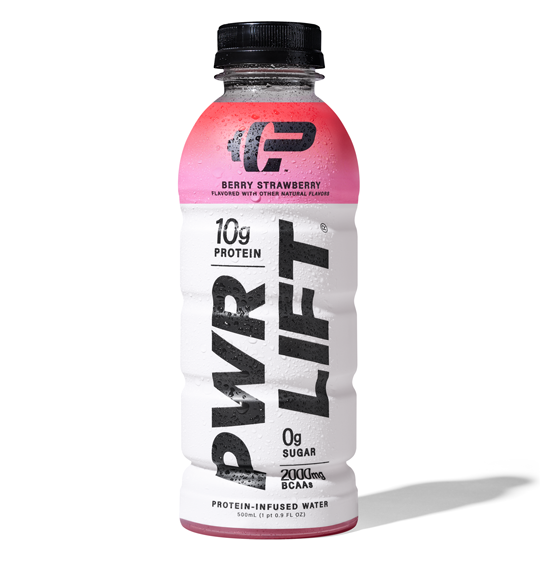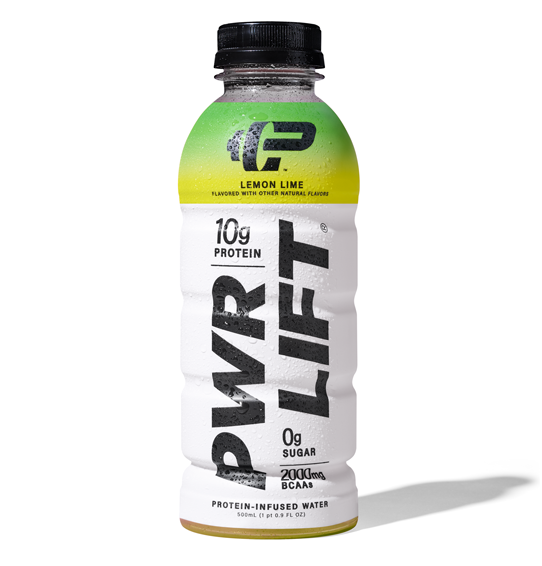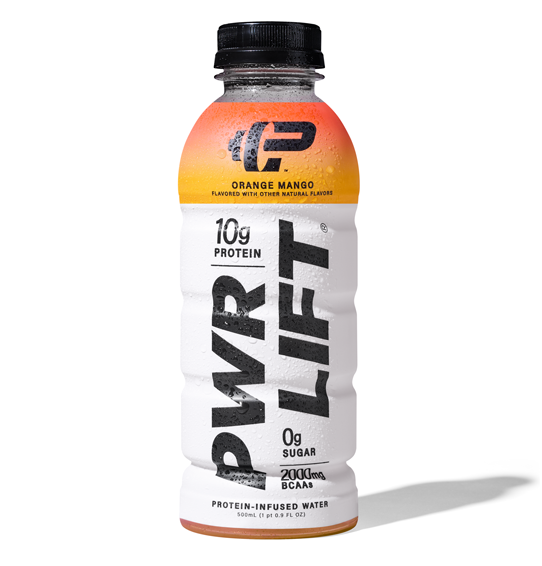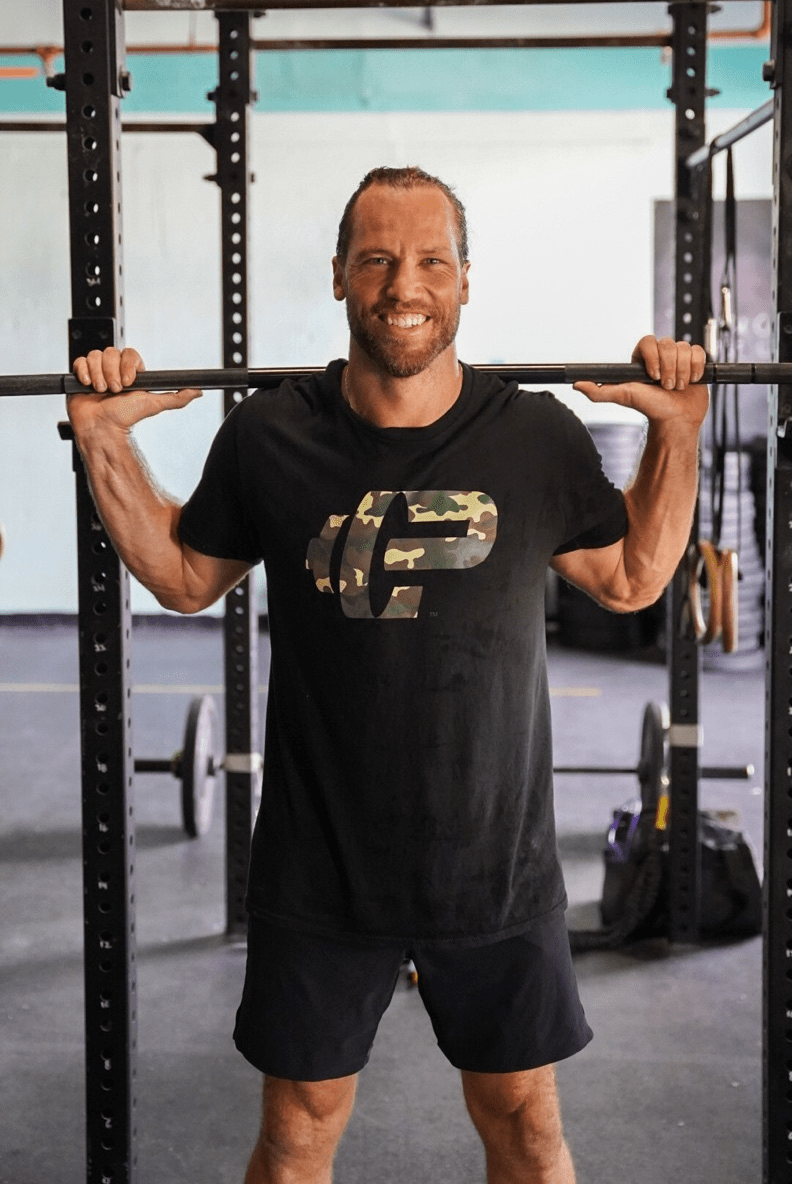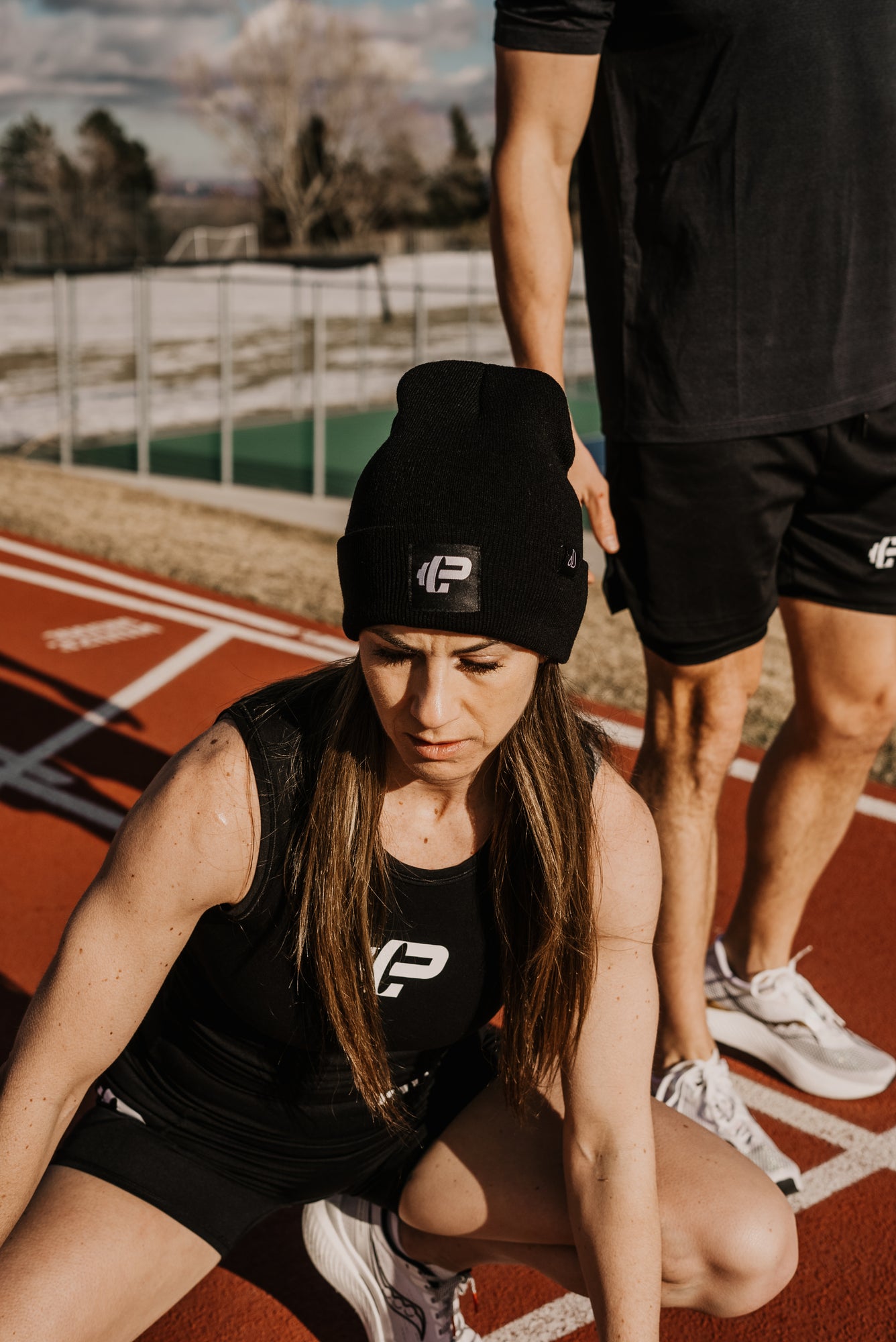In Austin, Texas, getting together to run with friends early on a Saturday morning is pretty standard. It’s how I’d kicked off every weekend since I’d moved to the city six weeks ago. The date was Aug. 5, 2023, and with a high of 105 degrees for the day, our one-mile time trial was set to start just after the sun rose over the city skyline.
Truthfully, I was nervous about this. I’d done multiple marathons and an ultramarathon that year but had never tested my all-out mile. Luckily, I had some friends who are high-level HYROX competitors with me, and they gave me some tips on how to pace myself.
My friend and I were in the second heat. We toed the line of the infamous Austin High School track and prepared to start our watches before a loud “GO!” sent us on our way.
After that, I don’t remember anything.
I finished the mile at 5:15 (not too bad for my first crack at it), but shortly after crossing the finish line, I collapsed. My body went into cardiac arrest.
Sudden cardiac arrest (SCA) is the sudden loss of all heart activity due to an irregular heart rhythm. If it weren’t for one of my friends and a firefighter, who by the grace of God was there that day, alternating chest compressions on me to get my pulse back until the ambulance arrived, I wouldn’t be here to tell this story.
Nine out of 10 people who have a cardiac arrest outside of a hospital die. To say it’s a miracle I’m alive is an understatement.
After 24 hours on a ventilator in the ICU and questions on whether or not I was going to make it, I was finally able to breathe on my own, and I woke up. On day four of my hospital stay, I lay awake tossing and turning late at night, doing my best to get comfortable in the dreaded hospital bed, when it came to me so clearly.
“Go to Tanzania.”
What?
I’d been debating going to Tanzania to volunteer with my friend’s non-profit, Selfless Solutions, and spending time living in a different culture for some time now. I texted him that night and told him what had happened. I also told him that I felt God was putting it on my heart to go to Tanzania.
His response was not what I expected, but it was exactly what I didn’t know I needed to hear.
“Dude, first, I’m so glad that you’re OK. Second, I have an idea to organize a climb of Mt. Kilimanjaro to raise money for the organization. What do you think?”
“When?”
“February.”
“Let’s do it.”
A few days ago, I’d almost lost my life. Now, I’d just committed to climbing the tallest peak in Africa six months down the road. You may think I was out of my mind, but I felt so strongly that this was all working out according to God’s will.
I was released from the hospital after seven days, with no diagnosis and a defibrillator in my left side connected to my heart, which will save my life if, God forbid, anything were to happen again.
It took months to recover from the surgery, but fast forward a few months, I started training to build back a strong level of fitness—strong enough to climb the world’s tallest free-standing mountain. I did a little more week over week and eventually got to a point where I was rucking, which is fancy climber speak for hiking with a loaded backpack, for over an hour a day and going to the gym several times per week. I’m a firm believer in the power of the mind to heal.

By the time February rolled around, we began our climb, exactly six months after I came off of the ventilator in the hospital. We had titled the excursion “Climb for the Kids,” where all profits from the climb would provide children in Tanzania an education and hope for a brighter future. We had an astounding 50+ people inquire about the trip, and we ended up with 11 people, one of whom was my 50-year-old mother, of different ages from all over the U.S.

A climb like this will challenge you physically, mentally, and spiritually. However, all 11 of us made it to the summit at 19,341 feet and cried tears of joy at the beauty of the landscape, overcoming of trials, and feeling of empowerment that rushed through our beings.

Leading up to the climb I was often asked, “Do you think that’s a good idea?”
All of my tests came back and my heart was strong and healthy. There was never a doubt in my mind God was going to watch over me as He did that day on the track.
Life is too short to live in fear. Life is meant to be LIVED. This whole experience has taught me how precious life truly is and that it could all be gone in an instant.

Whether it’s running your first marathon, starting a business, asking that girl out, or visiting a place that’s been on your bucket list, just do it. You don’t want to live with regret.
I’m beyond grateful for this second chance at life that God has given me, and I intend to live it to the fullest, doing my best to inspire as many people as I can to do the same.

I want to encourage everyone to get CPR certified. It’s two hours out of your life and you never when you could be in a position to save someone else’s. Here is a link to find certification courses in your area.
Now go get out and live.

